Understanding clients’ businesses and objectives
I currently work with Salespeople, Account Managers and ‘Client Strategy’ on a somewhat ‘horizontal’ level to help me understand topline client objectives, per campaign and per year. My experience in this has taught me that getting conversations in with senior planner on the client/agency side is vital to my performance over the year. Therefore, proactively meeting with each of these departments, regularly is something I’ve always held as best practice.
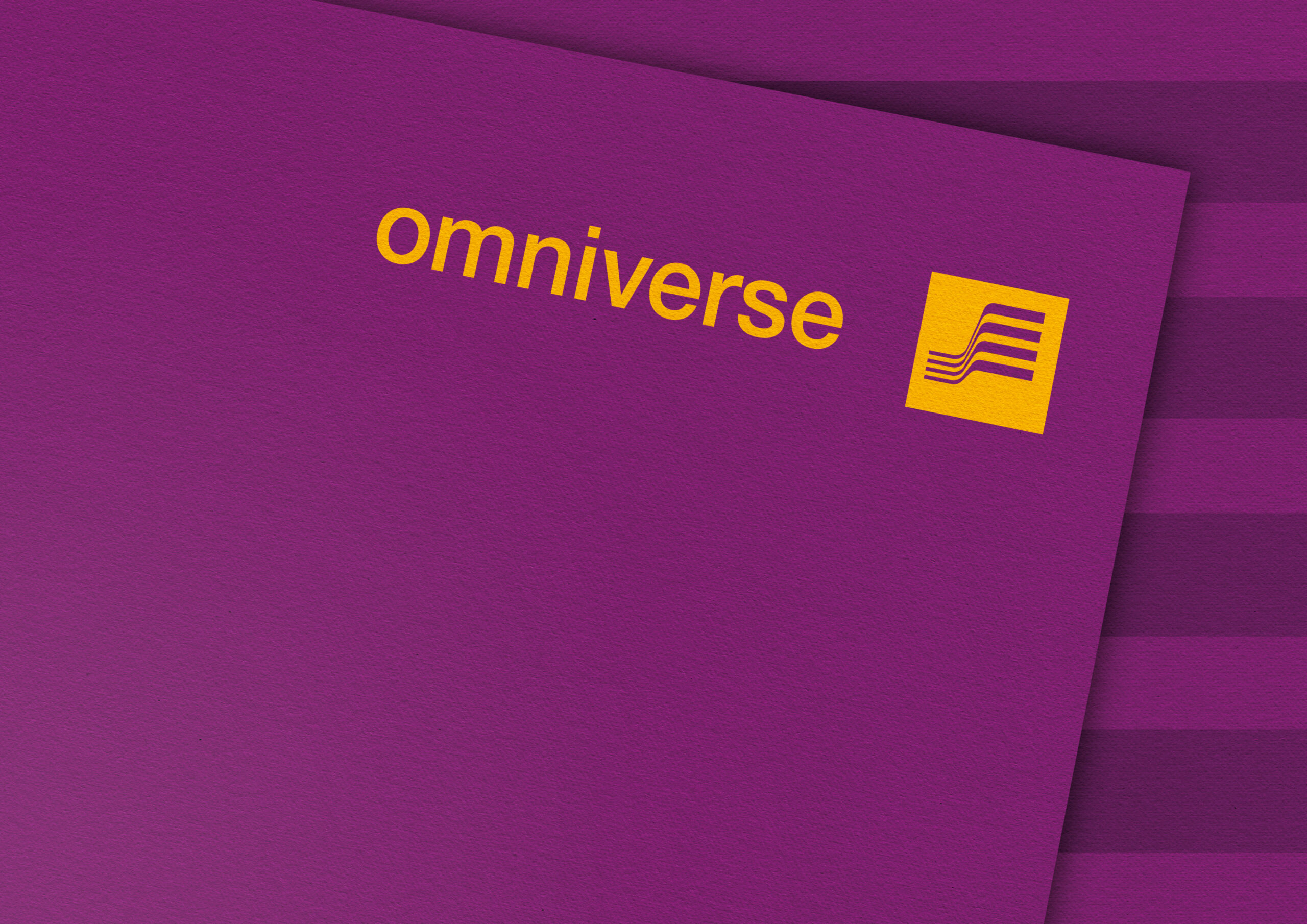
The client relationship is something I’ve been responsible for to the extent that can understand roadblocks on the client side, short-term handholding or overservicing for the greater good and keeping morale high at meetings and general client comms.

I focus on quality responses and feedback and personally like to communicate that in client meetings and set expectations for QA/ creative brainstorming, however I have confidently been able to communicate in client calls in an approachable, effective manner. My experience ranges multiple industries and a plethora of channels. I’m equally comfortable talking about wireframes and user testing apps as I am storyboarding video projects or managing timeframes with rollouts of identity designs.
Identifying internal advantages that we have as a business is something I typically learn quickly or can contribute to, after learning how the business is run and could run, going forward. I have faced many roadblocks in the past on a variety of different types of projects and have good sense checking ability. For example, I think ambition is great and should be encouraged. When are facing non-negotiable, short deadlines with other potential challenges (like being short-staffed temporarily), I can put in place processes and manage them so that we have a good standard of work where all bases are covered, before allowing for any extra time we might get to expand on or evolve other ideas.
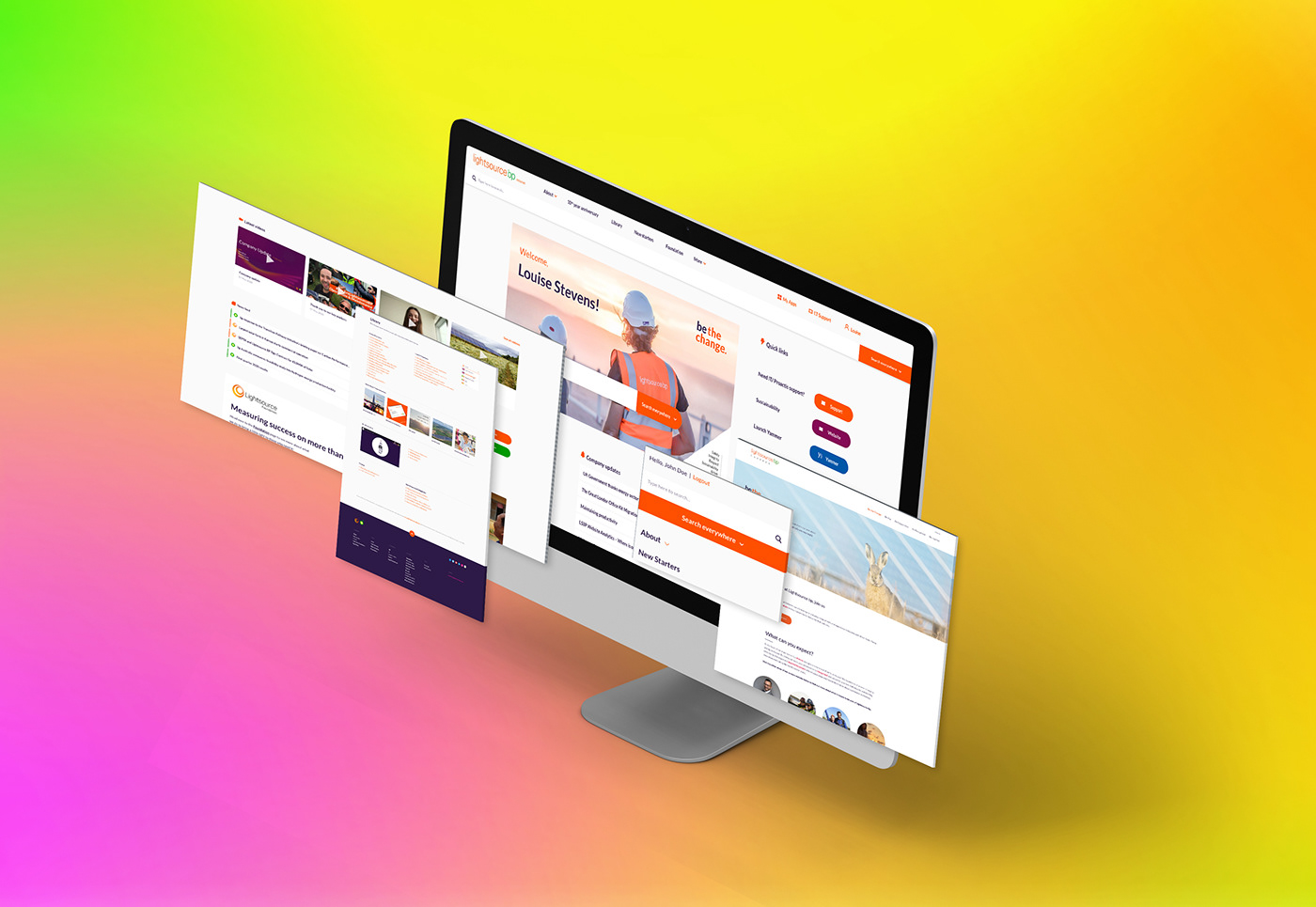
Being an ambassador for great design in instances where this is a challenge for a business, isn’t easy. It requires clear communication on visual problem-solving strategy and techniques as well as persistent reacknowledgment of the fundamental purpose of a project – where there are multiple purposes, I have often created a layer of transparency between all stakeholders where hierarchy of purpose and execution is understood and agreed upon.
Every business has different ways of thinking and having been a topline creative consultant on major projects for in-house teams at industries such as Pharmaceuticals, Energy (nay. oil & gas), Hospitality & FMCG and Tech, I understand the nuances in communication styles and effective project management where all parties are happy with the process and solutions.
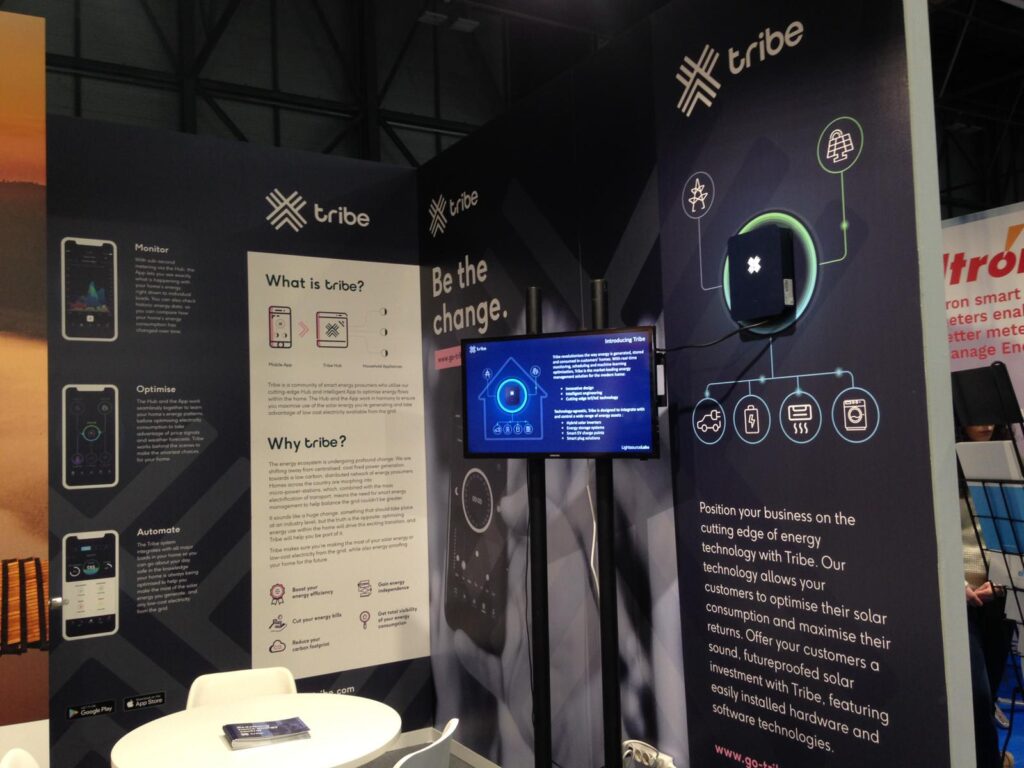
Having spoken about setting structures and processes with stakeholders, when approaching projects, this same skillset is exercised with creative teams when it comes to giving creative direction.
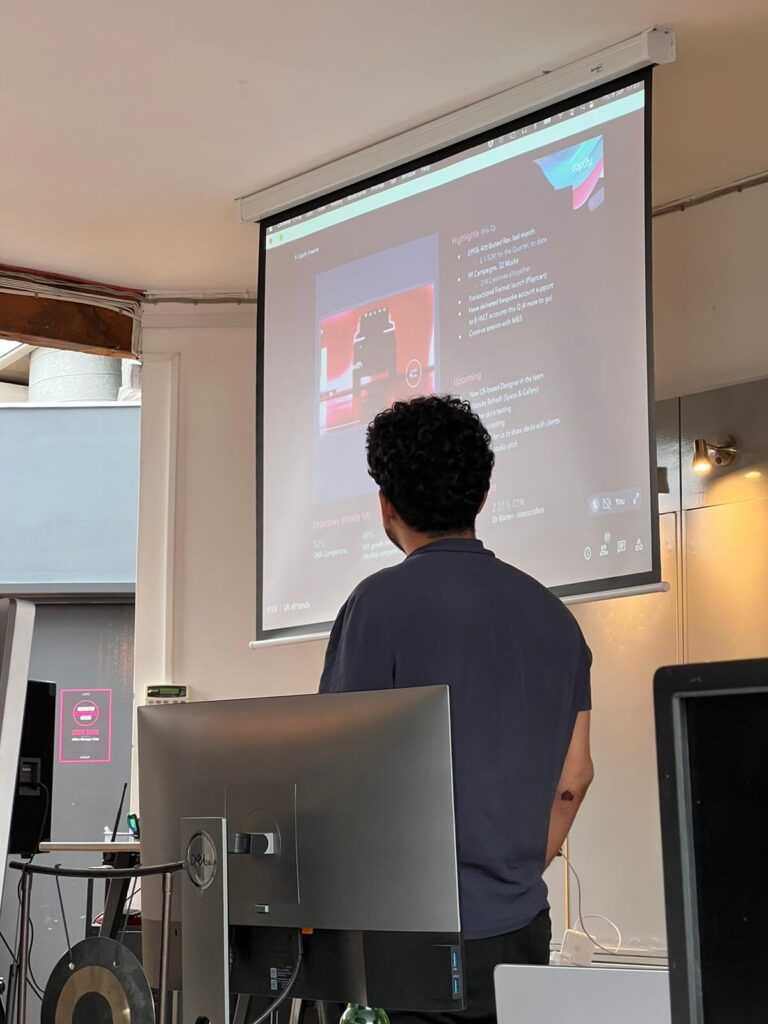
I can’t emphasize enough how important it is to give individuals guidance in a style that is bespoke to their personality and preferred working process. However, there are principals I abide by when it comes to direction. One of which includes, providing clear process – where at any point we can all be aware of delay, roadblocks and challenges and help can be given at any point, be it in the form of a 1:1 session of collective group feedback session (amongst other methods).
I’m a reliable hands-on worker but understand the value on nurturing and fostering independence for individuals for their own growth. I have been made responsible for overseeing global production teams, internal and external, with sign-off to ensure standards expected of senior management are fulfilled and pushed beyond expectation.
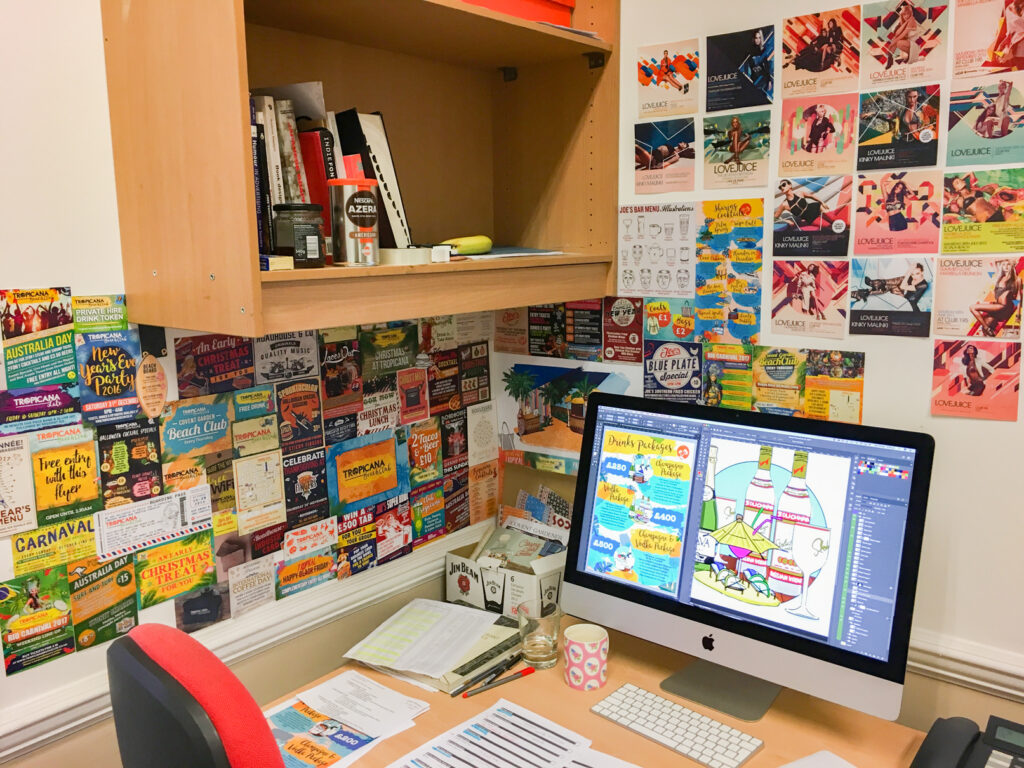
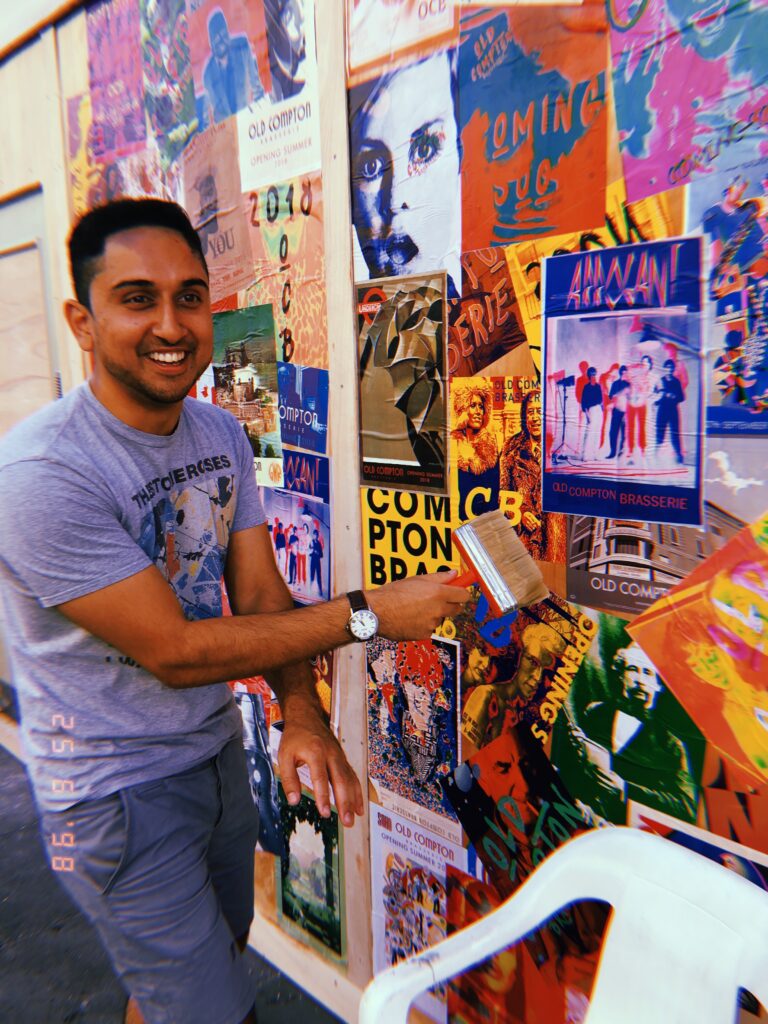
Fortunately, I’ve found that team development and happiness tend to go hand-in-hand, generally. However, there is more you can do to help aid fulfilment for individuals in a team. I’ve personally set and managed many career pathways and contributed to keeping morale and interest up on a day-to-day level such as standups and regular check-ins (if needed) and forming real relationships that define how I interact with each person. As well as this, through longer term strategies such as socials, innovation sessions, keeping up interesting discussion and maintaining a reliable presence I’ve managed to keep team morale high and eager to push boundaries, in the past.
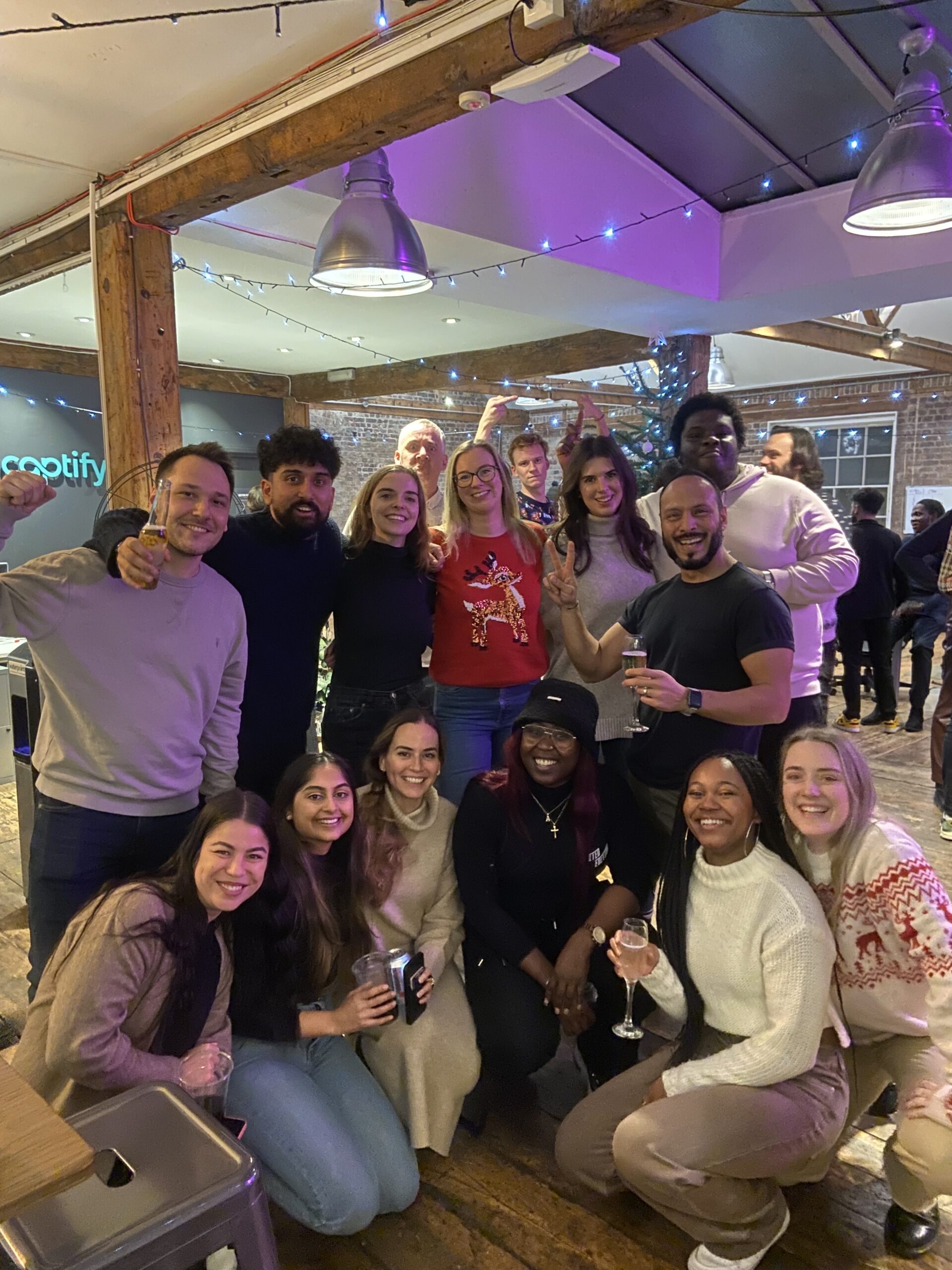
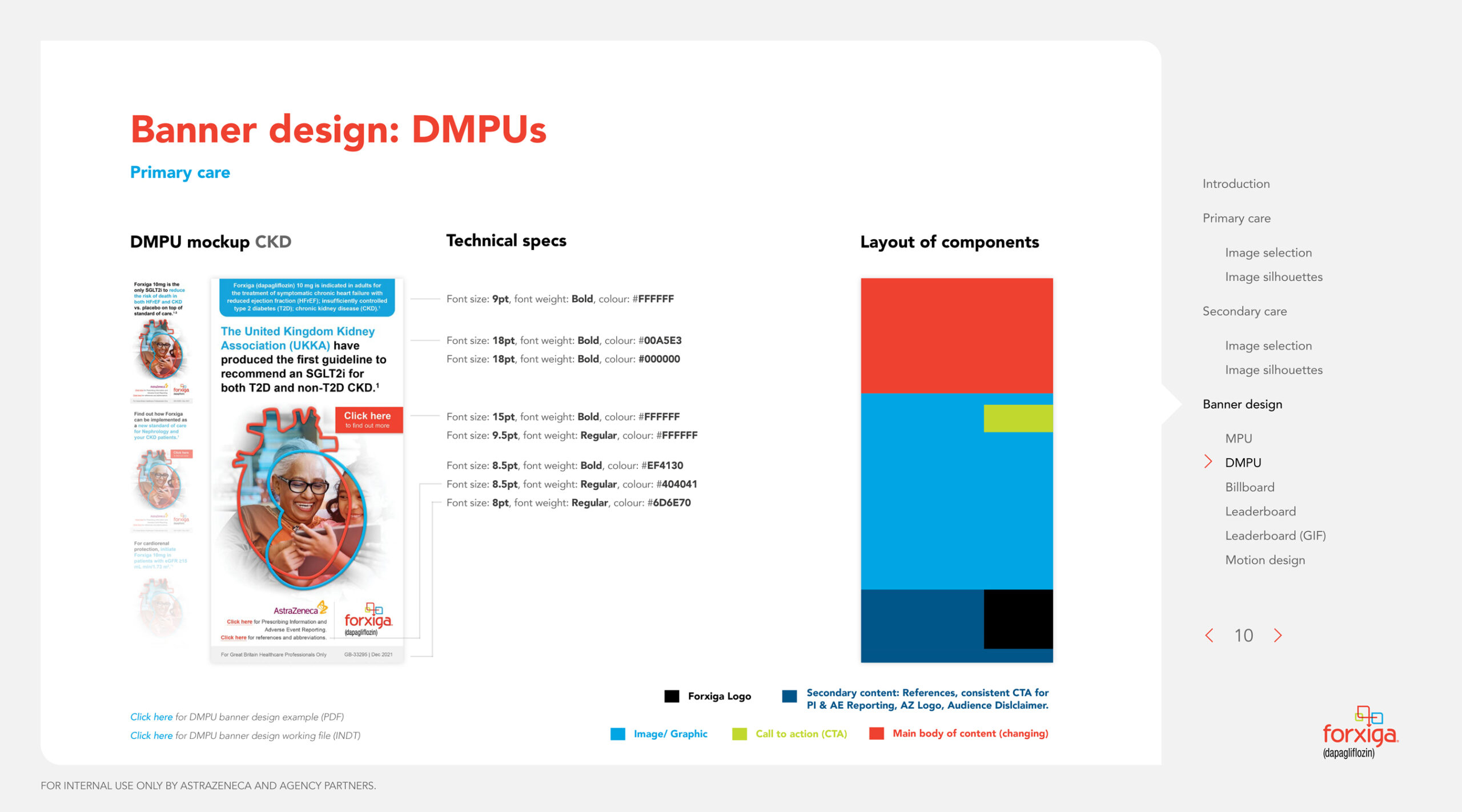
There are many ways of increasing efficiencies of working processes and communication. There is an element of ‘bespoke’ consideration for each type of business but plenty of general rules that I’ve found will aid most business’, on the ground level. For example, reassessing project management styles and technical systems, reapproaching how we report up and down and on a day-to-day and knowledge sharing. The last of which is more of a culture that is bred – when done well, it has much better impact on efficiency in the long term, across the team.
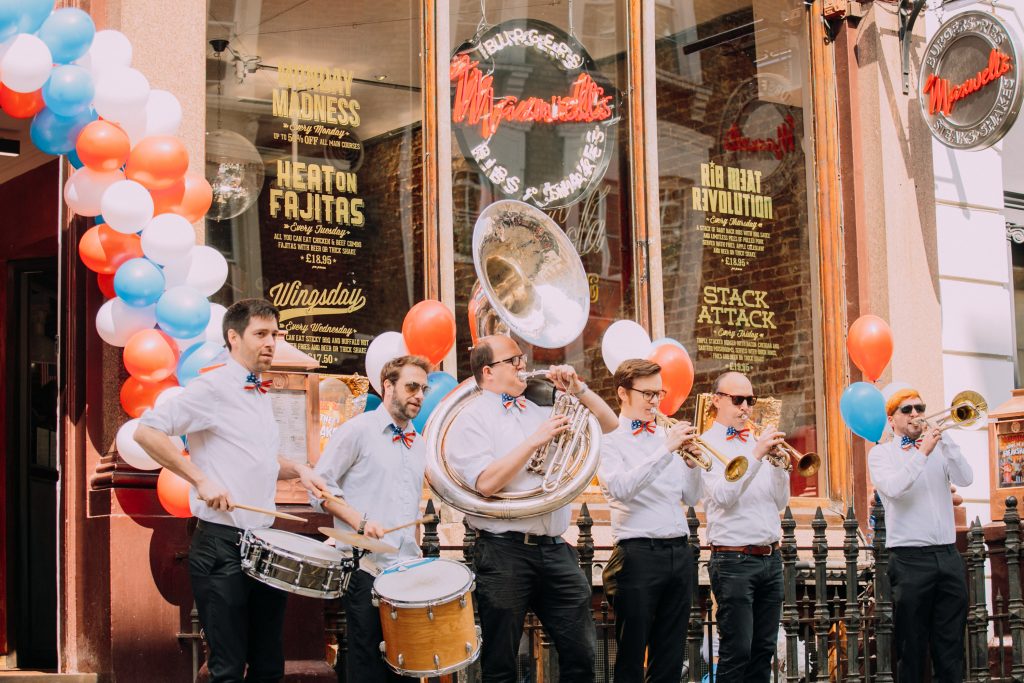
I have been building in-house teams for the past 6 years, both locally and on a global scale. One team I developed for Lightsource BP stretched from the UK, to Milan, to Kuala Lampur to Sydney to San Francisco. A particularly proud hand-off system and collaborative team attitude meant that incredible efficiencies were achieved with only our in-house resource.
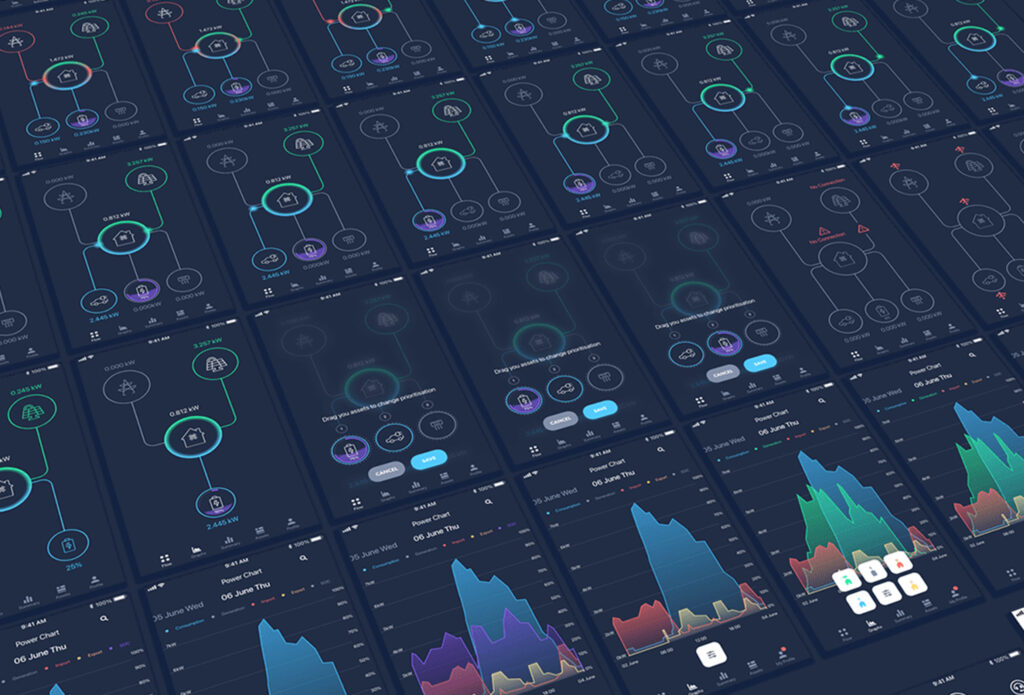
Having said this, I have built a network of freelance resource over the years as well as short-term online resources that have their uses. Determining how to allocate budget for this on a project-by-project basis is a role I have played in several roles.

Despite the differing ways industries of different verticals, sizes and ‘paces’ work, I’ve found that keeping regular catchups in the diary with stakeholders across the business is vital. Be it on a larger, YoY strategic basis or more ‘on the ground’ where I need to be on-top of client status and maintain a certain presence there or over-communicating status’, challenges and achievements on our side.
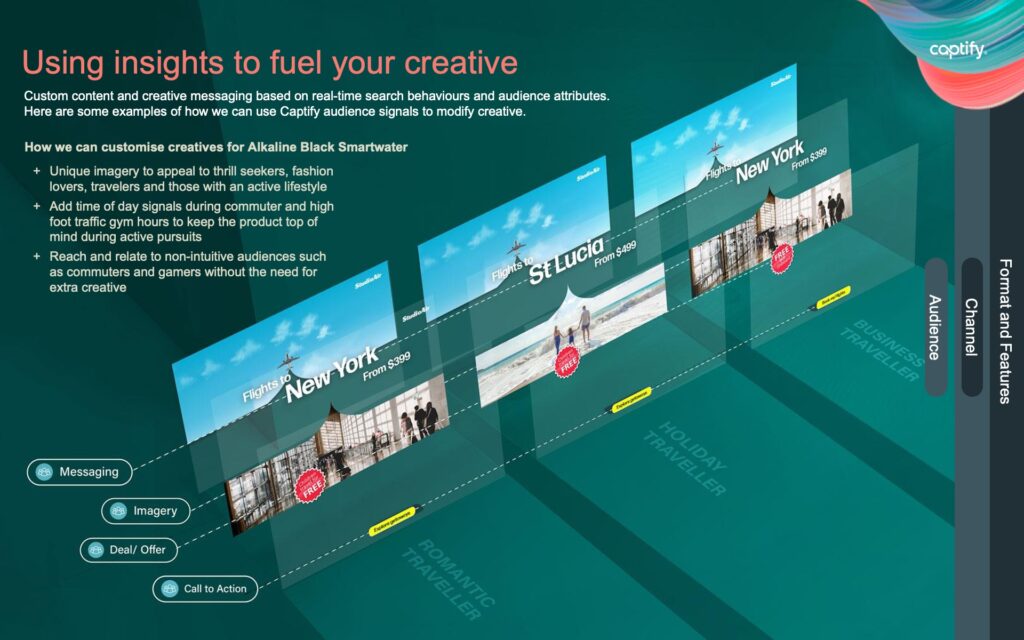
I’m very much a ‘diary run’ person however I’ve adapted systems and processes according to every business I’ve worked with, so no old habit will die hard with me.
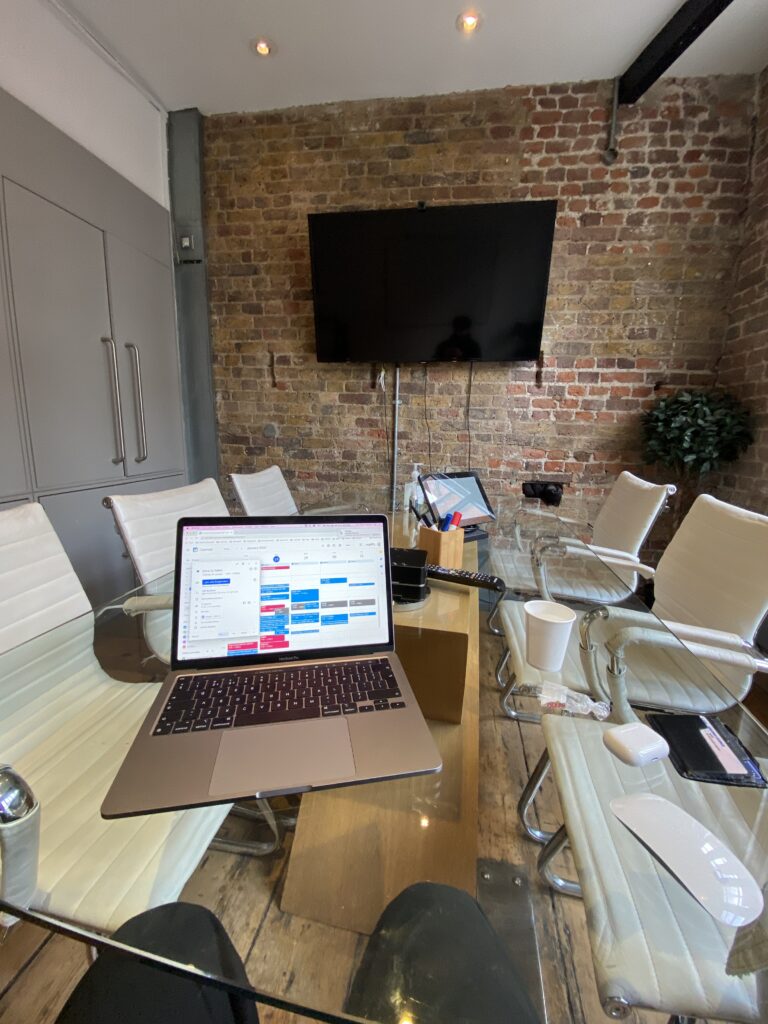
When it comes to managing projects we have the typical stages of ‘pre’, ‘mid’ and ‘post’ campaign analysis, from an internal perspective. Alignment with internal parties will differ depended on project value and I think this is would be an evolving process as time goes on, so that the right people are in on each review or planning session whilst at the same time nobody’s time is wasted.
Time management is an ongoing development process for designers as inevitable new challenges are faced, as the business grows. I have experience in spotting challenges early and am quick to provide considered solutions
Understanding guidelines is a hugely underrated topic. Creating guidelines can be every designers dream and the ongoing production of materials always seem to follow when this process starts from scratch. However, having developed designers working with brand guidelines such as eBay, Ralph Lauren and Microsoft – I’ve always pushed to spend time getting to know the guidelines. Often with ‘bigger’ clients, the level of consideration and deliberation has been much greater than you might initially think.
Pushing the standards of the team can go hand-in-hand with the previous point, actually. To complement the points I have made on innovation sessions, knowledge sharing culture and passion projects – just working with and understanding how other brands have visually executed their personality, will aid the business’ own visual standards by volumes.
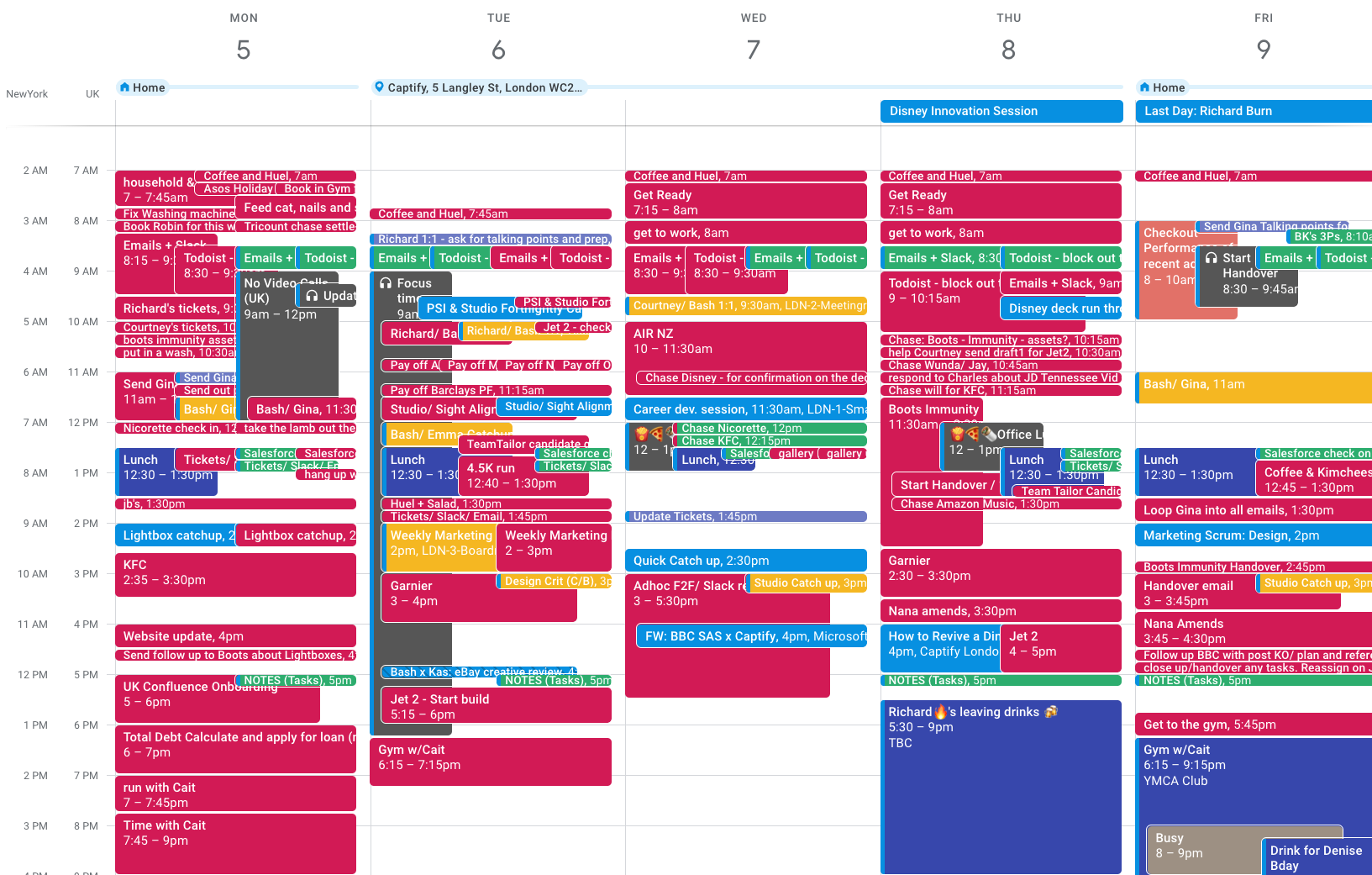
I am by nature a very organised and structured person. I note-take religiously and have allocated times each day for checking action points. I block time out in my diary for project-based, team-based and strategic activities and am constantly reorganising these are priorities inevitably change. Although I have a current system of ‘time-blocking’ as well as a shorter ‘tickable’ list of daily priorities – I have completely changed my processes for each company I have worked with, whether it’s through project management systems like Trello, Basecamp, JIRA, Monday, MS Planner or through email-based systems (or a combination of the above) there is a solution and I’m very proactive in finding them.
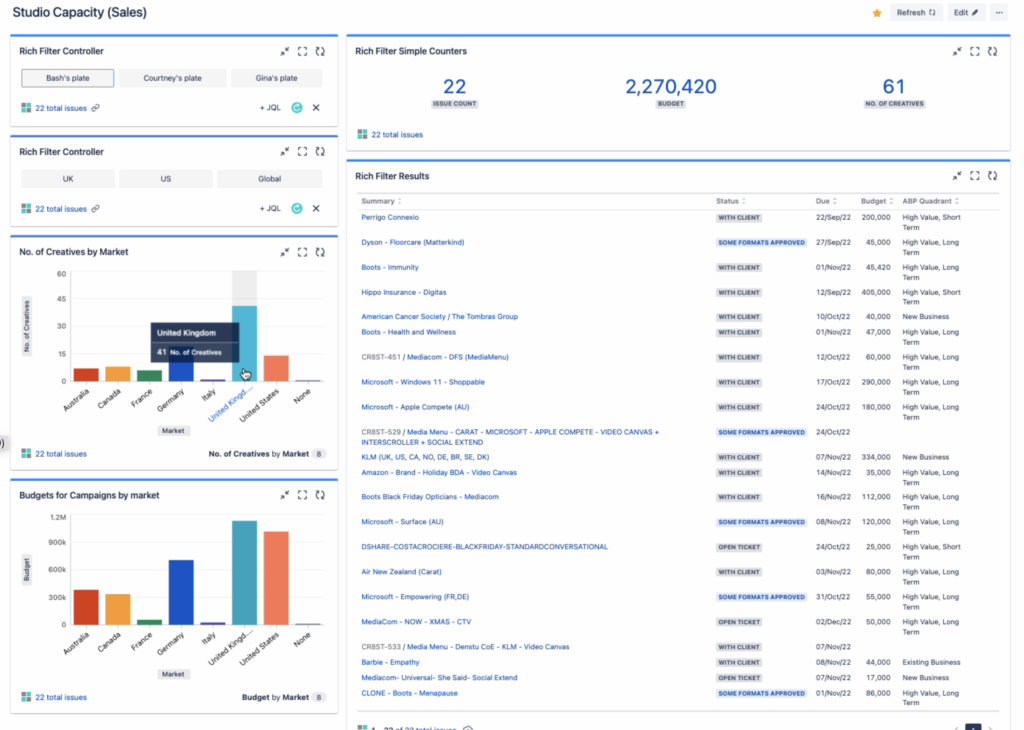
I’ve spoken a lot about efficiency, processes, adaptability, standards and team development. I couldn’t do this if I wasn’t passionate about the work I create. It often seems cliché to hear it but the science and art behind visual problem solving is incredibly satisfying, at an ‘level’ (whether at a director level, production, strategy, consultation, etc.) and is the reason why so many designers are passionate. Being proud of the end results of collaborative projects are extremely fulfilling for me personally, and I have felt the outcome of team morale and relationships as a result of this, in the past.


Confidence is something that understandably affects all designers, initially. I don’t believe you need to be the loudest person in the room to do your job well and have always encourage diversity in thought and appreciate for different personalities. The diversity of people is something I genuinely love and makes life so much more worthwhile and interesting, at the end of the day.

Having said this, the value in holding a gravitas and heir of confidence with clients and even internal stakeholders is almost undebatable. My approach to every task as a person is to be incredibly clear on what I don’t know and what I do know and establish next steps. This is all I need to feel confident in anything I do, and as a result teams I have developed in the past seem to have generally appreciated the culture of saying what they ‘don’t know’ or ‘aren’t sure of’ – as the imposter syndrome that designers are faced with can’t exist if there’s a culture of honesty and enthusiasm.